<Continuation>
2.Stamped pattern ware
2.-1. Twin fish pattern <Brown glaze>
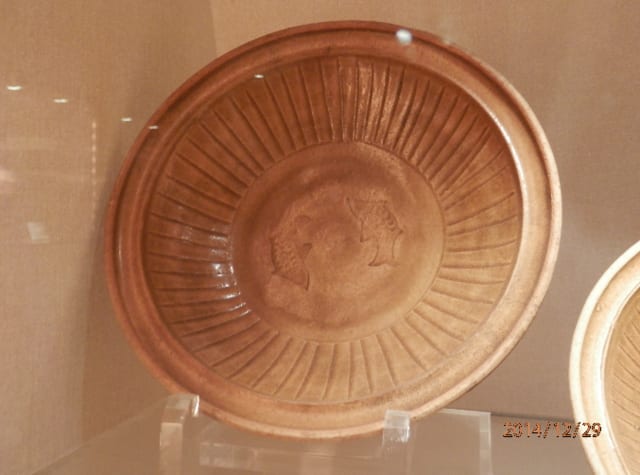
(Source: BKK Insurance Museum)

(Source: Southeast Asian Ceramics Museum/BKK)
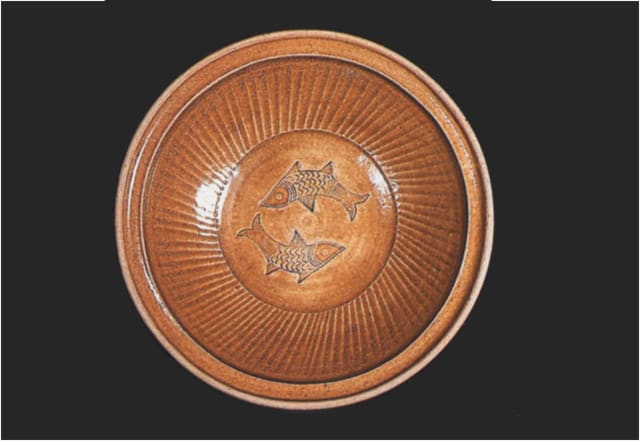
(Source: Southeast Asian Ceramics Society/S'pore)

(Source: C antique shop/Thailand)

(Source: Net Auction/Yahoo JPN)

(Source: Net Auction/Yahoo JPN)
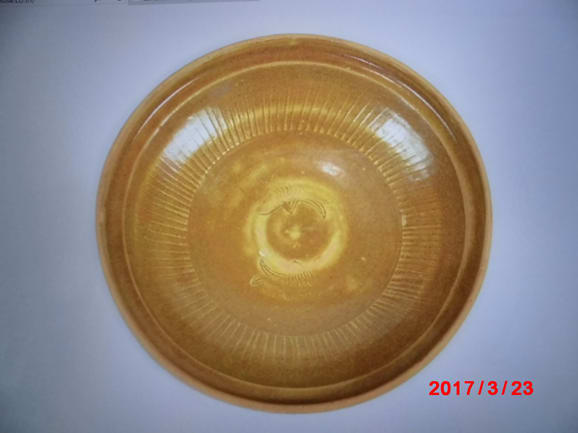
(Source: Net Auction/Yahoo JPN)

(Source: River City Auction house/BKK)
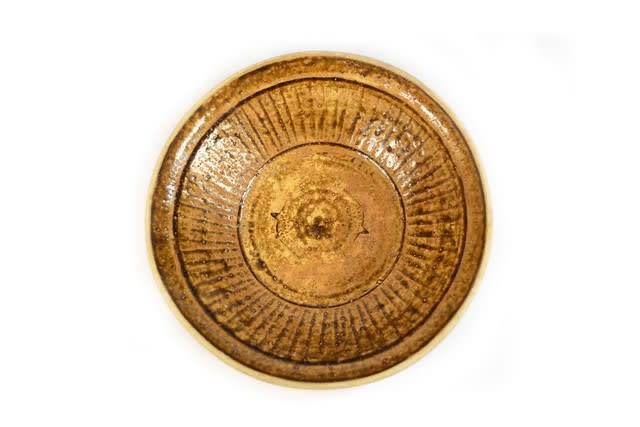
(Source: River City Auction house/BKK)
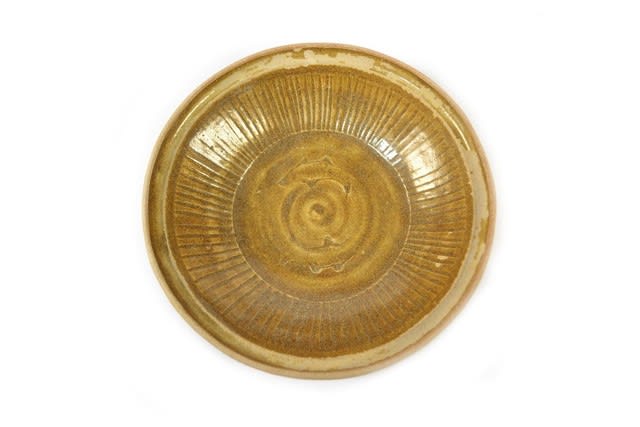
(Source: River City Auction house/BKK)
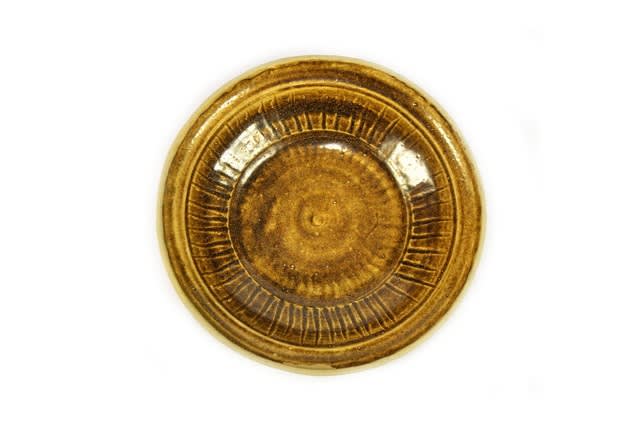
(Source: River City Auction house/BKK)

(Source: Net Auction/Yahoo JPN)

(Source: Net Auction/Yahoo JPN)
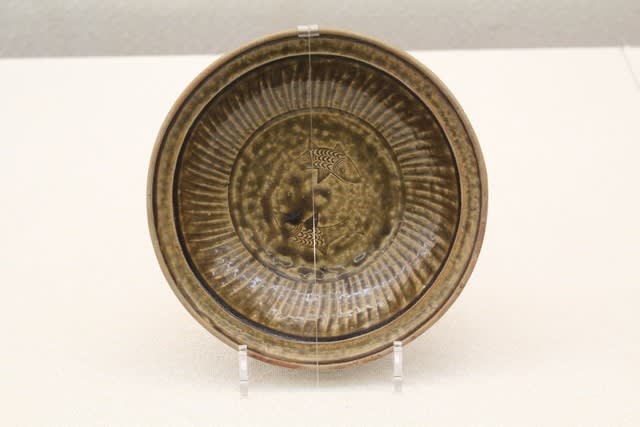
(Source:Machida city Museum/JPN)
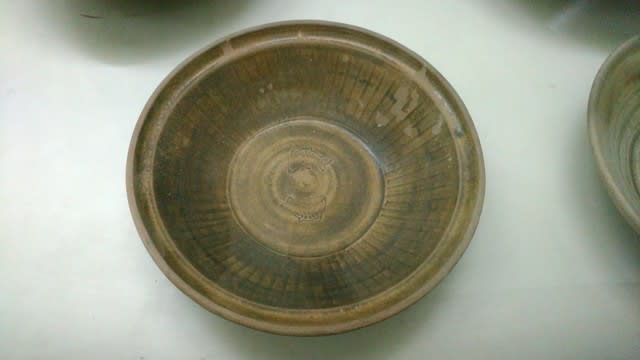
(Source: Sangkhalok Museum/Sukhothai/Thailand)
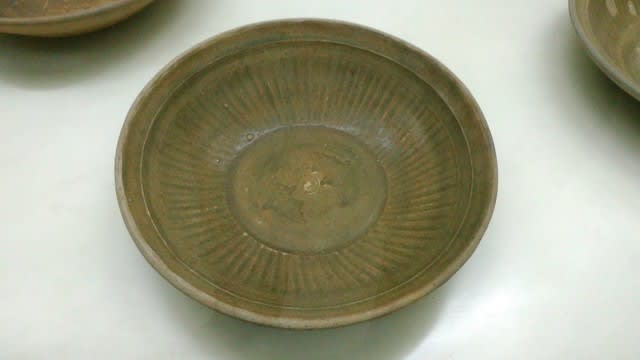
(Source: Sangkhalok Museum/Sukhothai/Thailand)
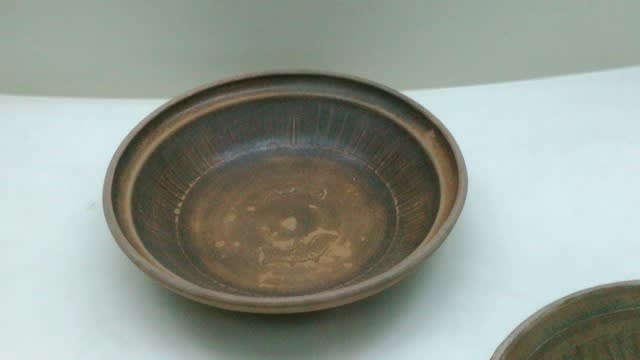
(Source: Sangkhalok Museum/Sukhothai/Thailand)

(Source: Sangkhalok Museum/Sukhothai/Thailand)

(Source: Sangkhalok Museum/Sukhothai/Thailand)

(Source: Sangkhalok Museum/Sukhothai/Thailand)
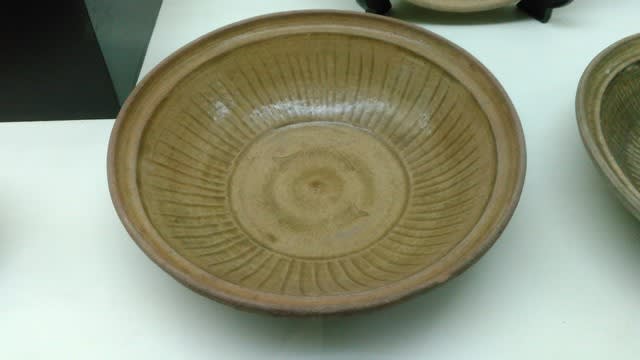
(Source: Sangkhalok Museum/Sukhothai/Thailand)
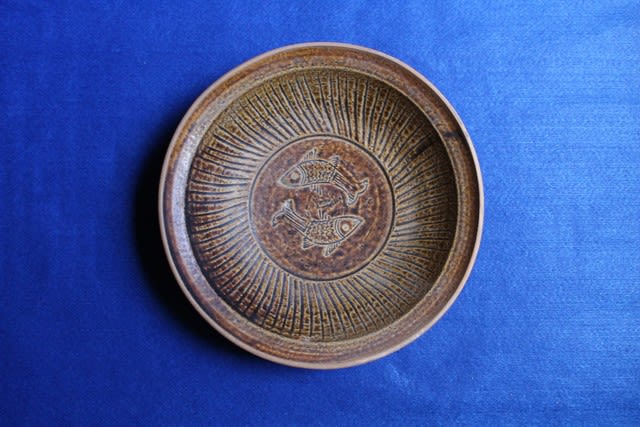
(Source: Chiangmai Doh Collection/JPN)

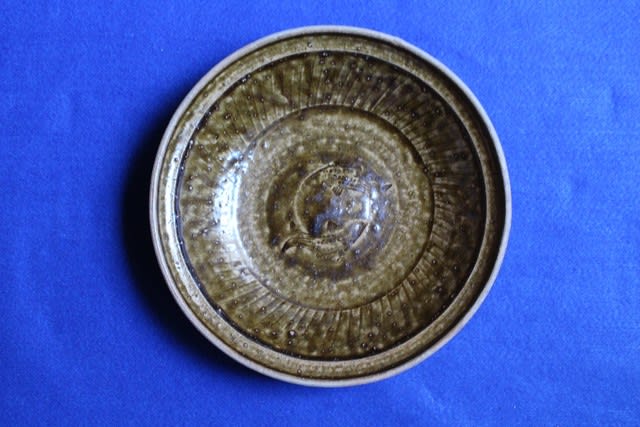
(Source: Chiangmai Doh Collection/JPN)

(Source: Chiangmai Doh Collection/JPN)
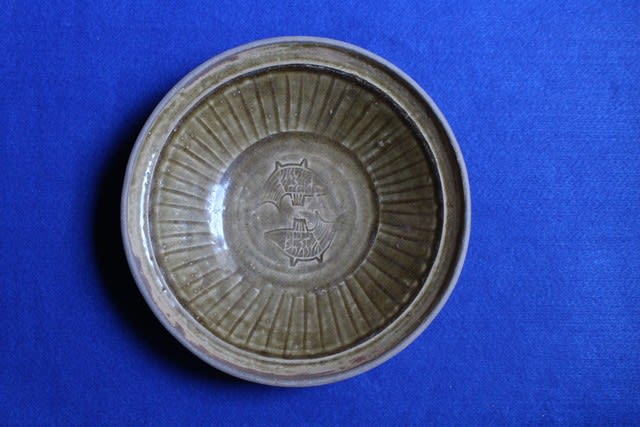
(Source: Chiangmai Doh Collection/JPN)

(Source: Kubo Collection/JPN)

(Source: Machida City Museum/JPN)
The Machida City Museum regards this as Sankampaeng, but the locality is unknown because of the unique feature of fish pattern and the lack of radial incised lines on the cavetto.
Usualy, Sankampaeng Twin fish pattern plate has the radial incised lines on the cavetto. It is representing Sun-ray or sun radiant or the wheel of law(Dharmachakra).
Continue to next time




















※コメント投稿者のブログIDはブログ作成者のみに通知されます